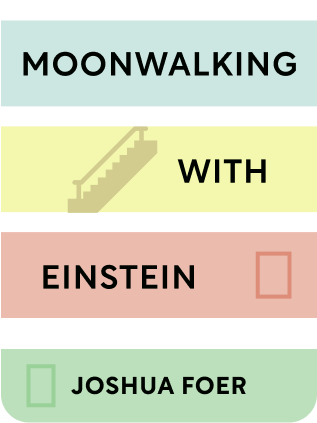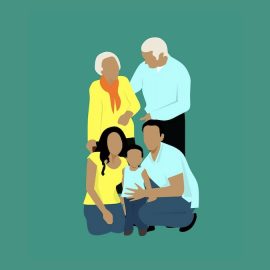

This article is an excerpt from the Shortform summary of "Moonwalking With Einstein" by Joshua Foer. Shortform has the world's best summaries of books you should be reading.
Like this article? Sign up for a free trial here .
What are declarative and nondeclarative memory? How do they work, and in what ways are they different?
Declarative memory makes up the memories we think of consciously, while nondeclarative memories are things like skills and habits we learned, and do without thinking about them. Both declarative and nondeclarative memory are important in a person’s identity.
Declarative and nondeclarative memory are different, but work together. Any person has a combination of both declarative and nondeclarative memories.
Declarative and Nondeclarative Memory: What’s the Difference?
There are several different classifications and types of memory, some related to specific parts of the brain. Two of these types of declarative and nondeclarative memory.
Declarative and Nondeclarative Memory
There are two different types of individual memories:
- Declarative. Declarative memories are conscious memories—things you know you know, such as what your name is. The hippocampus is involved in forming these types of memories. They’re further divided into two categories:
- Episodic. Episodic memories are memories of life experiences and are anchored in a when and where. For example, you remember that you ate spaghetti for dinner yesterday.
- Semantic. Semantic memories are memories of concepts and facts. They aren’t associated with a place or time. For example, you remember that dinner is the third meal of the day.
- Episodic and semantic memories both require the hippocampus and medial temporal lobes, but they also depend on different parts of the brain and different neural pathways.
- Nondeclarative. Nondeclarative memories are unconscious memories. They’re formed using the neocortex, cerebellum, and basal ganglia. These memories have a lot to do with what people think of as our sense of self—how we think, who we are.
- For example, it takes a lot of brainpower to ride a bike—you have to balance, avoid objects, and so on, but you don’t have to consciously think about any of this after you’ve learned.
Our identities have to do with our memories, but most of our daily actions don’t come from declarative memories, they come from our unconscious memories. As a result, EP still has emotions and a personality. He can walk his usual path through the neighborhood without getting lost and even though every time he meets a neighbor it’s for the first time, he knows he should feel comfortable around them.
What Kind of Memory Do Savants Use?
One interested aspect of declarative and nondeclarative memory is the idea of “savants.” Some scientists wonder if savantism is tied to the difference between declarative and nondeclarative memory.
A “savant” used to be a person who was very intelligent and knowledgeable in several fields. These days, a savant is a person with a mental disability who has exceptional abilities in a narrow area, often to do with memory.
Dr. Darold Treffert informally divides savants into three categories:
- Those who know a narrow set of trivia. For example, Treffert has a patient who can identify the model and year of a vacuum cleaner just from its sound.
- Those who have a more general talent, such as music or art, that’s notable because of their disability.
- Those who have abilities that would be exceptional even if not accompanied by a disability. These people are “prodigious savants.”
Note that none of these definitions consider whether or not someone has learned memory techniques.
Savantism expresses itself differently in different people, but the main thing savants have in common is damage to the left hemisphere of the brain. As a result, savants usually have difficulty with left-brain activities such as language but are exceptional at right-brain activities such as spatial and visual skills. Some scientists think that turning off the left brain allows right-brain skills to flourish.
Treffert thinks that savants might somehow be able to use their nondeclarative memory system (riding-a-bike type skills) to remember declarative things (facts, figures).
Declarative and nondeclarative memory might sounds confusing, but it’s a process that helps create the people we are.

———End of Preview———
Like what you just read? Read the rest of the world's best summary of Joshua Foer's "Moonwalking With Einstein" at Shortform .
Here's what you'll find in our full Moonwalking With Einstein summary :
- The memory techniques that took the author from novice to US memory champion in one year
- The 6 key types of memory we use everyday
- Why memory isn't just genetic, and how you can improve your memory with the right techniques






